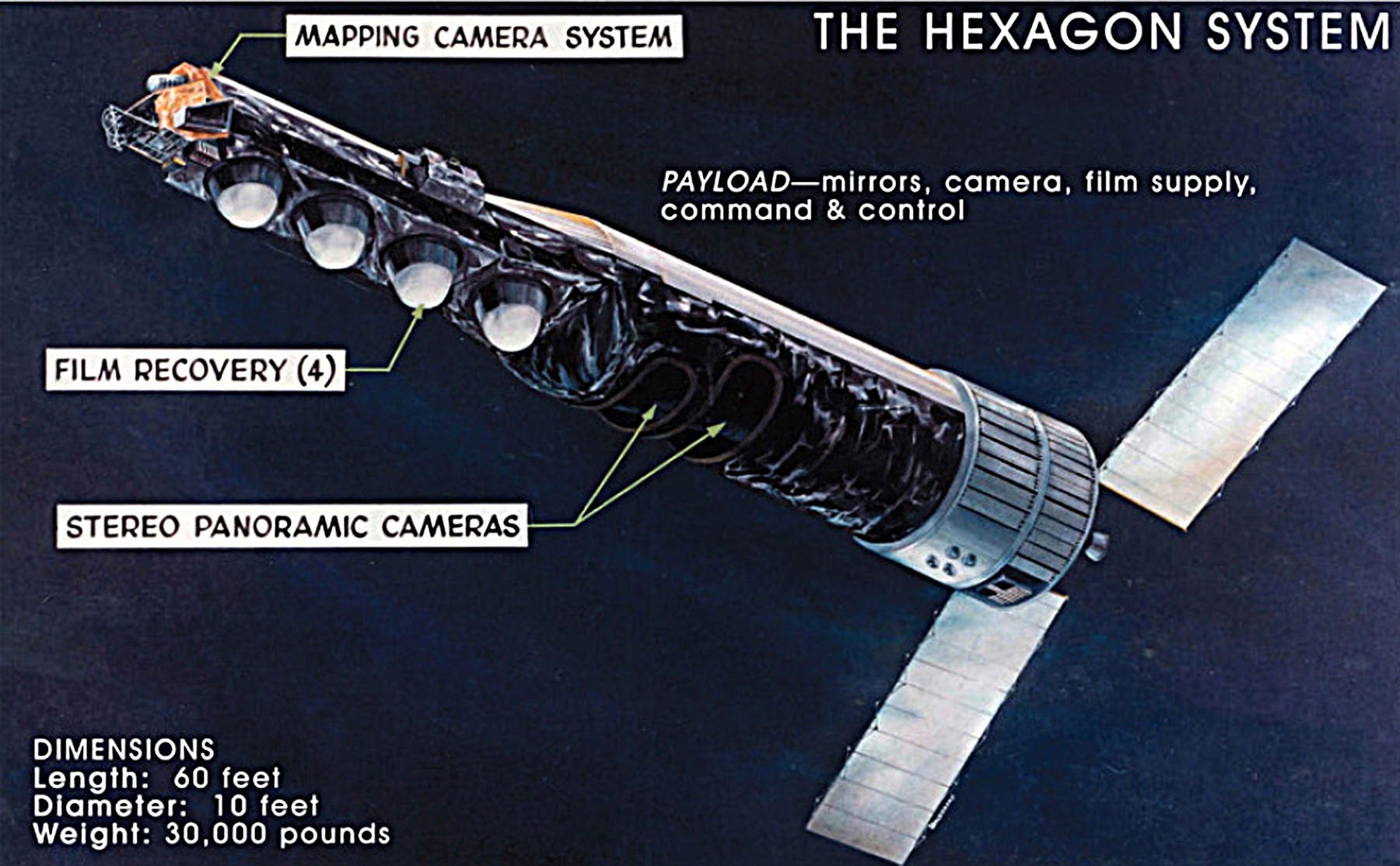A satellite that was lost in space for 25 years has finally been found
As it turns out, it's quite difficult to keep track of 27,000 objects flying around Earth's orbit

An experimental satellite that launched in 1974 disappeared from ground-based sensors in the 1990s, only to be found again this week. Some defunct satellites or debris can often go missing for years, presenting hazards within an increasingly crowded Earth orbit. But, how exactly do objects disappear in space?
Suggested Reading
The Infra-Red Calibration Balloon (S73-7) satellite was part of the United States Air Force’s Space Test Program. After launching on April 10, 1974, a large reconnaissance satellite, called KH-9 Hexagon, ejected the 26-inch-wide (66-centimeter-wide) satellite, boosting it to a 500 mile (800 kilometers) circular orbit.
Related Content

The tiny satellite was supposed to inflate in orbit and serve as a calibration target for remote sensing equipment. Its deployment, however, failed, and it became another piece of space junk. When looking over the satellite’s archival data, Jonathan McDowell, an astrophysicist from the Harvard-Smithsonian Center for Astrophysics, found that it had gone missing once before, with radars tracking it in the 1970s before it disappeared, and then again in the 1990s before it disappeared once more.
The satellite was rediscovered earlier this week after being untracked for the past 25 years, according to tracking data from the Space Force’s 18th Space Defense Squadron. “The problem is that it possibly has a very low radar cross section,” McDowell told Gizmodo over the phone. “And maybe the thing that they’re tracking is a dispenser or a piece of the balloon that didn’t deploy right, so it’s not metal and doesn’t show up well on radar.”
Ground-based radar and optical sensors are keeping track of more than 20,000 objects in orbit, and that can get quite tricky. There is a global network of sensors that feeds information to an up-to-date catalogue of satellites, but the majority of objects don’t transmit their identities. Instead, the sensors depend on identifying the orbit of a moving object and matching it with the designated orbit of a satellite.
“It’s basically like air traffic control,” McDowell said. “All this stuff is whizzing around and if you’re going to try flying through that, you want to know where the hazards are.”
After a satellite is launched, engineers on the ground know roughly where it’s going to be and at what altitude it’s going to be drifting. If an object is found in that designated area, then they can rewind that orbit and see if it meets with the orbit of when the satellite was last seen.
“If you’ve got a recent orbital data set, and there’s not too many things that are similar orbit, it’s probably an easy match,” McDowell said. “But if it’s a very crowded bit of parameter space, and you haven’t seen it for a while, then it’s not so easy to match up.”
Tracking satellites in geostationary orbit—a circular orbit directly above the equator—can be challenging because there are no radars positioned to monitor objects precisely on the equator. “There’s actually a hole in the tracking,” McDowell said. “If you hug the equator, you can hide from the tracking.”
If a satellite also carries out an unexpected maneuver, then engineers are forced to hunt for it in Earth orbit. “If you don’t know exactly where the maneuver was, you may have trouble locating it,” McDowell said. “If I rewind the orbit of an object and fast forward for the missing object, do they meet and is the point where they meet where the maneuver happened?”
Most things that end up go missing in space are either defunct satellites or broken up fragments of debris. The Department of Defense’s global Space Surveillance Network is currently tracking more than 27,000 objects in orbit, the majority of which are spent rocket boosters, and operational and dead satellites.
As Earth orbit gets more crowded with a growing number of satellite constellations and rocket launches, it’s become more crucial to keep track of all these objects.
“If you’re missing one or two objects, that’s not a huge risk,” McDowell said. “But you want to do as good a job as you can.”
